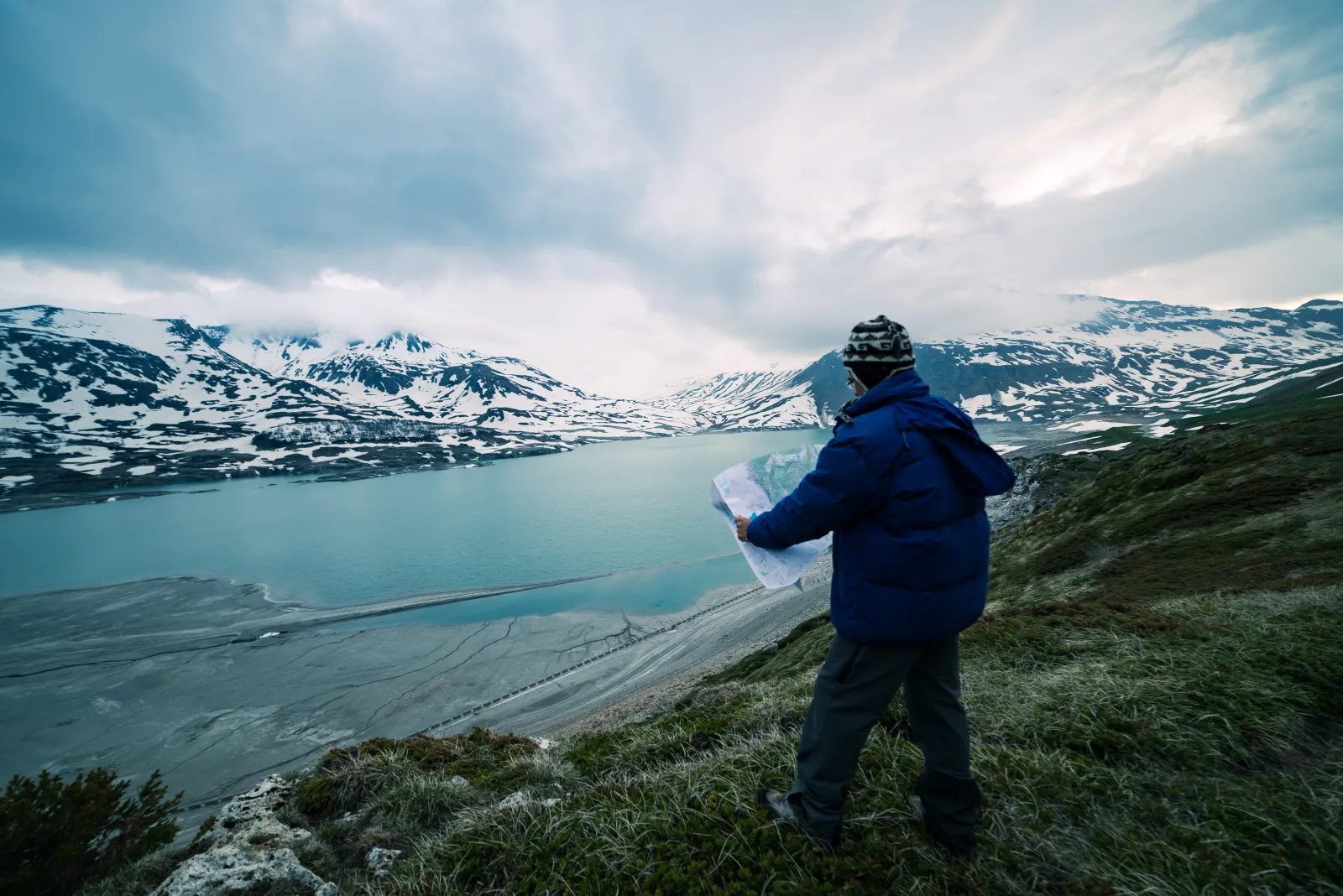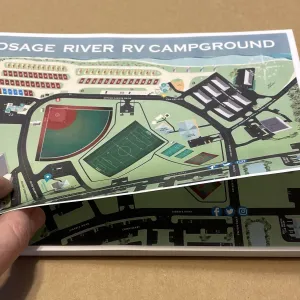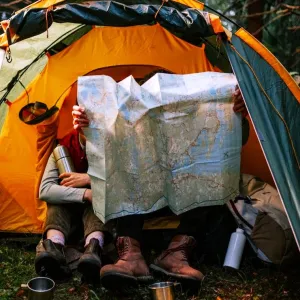Map Printing: Which Format is Better Suited for Your Project?

estimated reading time: 4 minutes
Printed Maps are created to depict the physical elements located within a specific geographical area. This helps the user of the map understand the spatial relationship between these various geographical features, such as relative distances and directional placement.
Most maps are used to aid with navigation and thus provide an aerial perspective, as if looking down on the area from above. Depending on the intended use, the information on a map might be limited to basic reference points or it could be rather detailed and extensive.
Below are some popular formats for printed maps along with some helpful guidelines...
Folded Maps:
Larger maps will often need to be folded down to a more convenient size to make handling and storage easier. Most folded maps are printed on one or both sides of traditional paper. The paper is generally of a light to moderate weight to allow for proper folding. Also, a matte coated stock is recommended for many map projects because it will reduce glare and make reading easier.
The exception is maps printed for promotional purposes, such as maps handed out at tourist destinations, which will usually contain advertising images that need to be enhanced by using a glossier stock.
Maps that will be laminated are not ideal candidates for folding. This is because the laminate film adds thickness and rigidity to the paper, rendering the map too difficult to reduce in size with multiple folds. However, maps printed on synthetic stocks can usually be folded.

One thing to carefully consider when laying out the artwork for a folded map is the relationship between the map's flat size (unfolded size) and its folded size. The flat size must be a multiple of the folded size for the map to fold properly.
For example, if the desired folded size of the map is to be 4" x 9", the flat size should be 16" x 18", 20" x 18", 24" x 36", 28" x 36" or some other multiple of a 4" x 9"rectangle.
Wall Maps:
Printed maps intended to be hung on a wall or other vertical surface are usually made from a heavier weight of paper, such as 100# text or 80# cover. Plus, wall maps are almost always printed on one side only since the back side will not be seen. Also, because wall maps do not require any folding, a protective laminate can be added to improve longevity.
Obviously, wall maps look better when not creased. So it is recommended they be laid flat in a box and bulk shipped. Or, the maps can be rolled and placed in protective tubes for shipping.
Single-Use Maps:
Certain kinds of maps only see one-time use, or very limited use. For example, a hotel might give guests a simple map of the complex. Or, the welcome desk at a tradeshow might provide visitors with a map showing the venue's floor plan.
Because the use of these maps will be very short term, they can usually be created as simple "no-frills" documents using light weight paper. Also, because these maps will most likely be carried around, they need to be created in a manageable size. Somewhere between 8.5" x 11" and 11" x 17" usually works well, depending on what other information might be printed on the same sheet. Furthermore, these smaller maps can be bi-folded or tri-folded to make them even easier to carry around.
Single-use maps can be ordered loose and kept in a stack for distribution, or they can be made into tear-off pads of 25, 50, or 100 sheets each. Pads are easier to handle than loose sheets and the topmost map can be easily removed from the pad as needed.
Weather-Resistant Maps:

Maps intended to be used outdoors may be subject to rainy, snowy, or muddy conditions. For example, maps for hiking, canoeing, or snowmobiling will be subject to damp and dirty circumstances.
When creating a map for use in outdoor conditions, it is probably better if the map is constructed of something other than traditional paper so it can withstand repeated exposure to moisture and grime.
If the map will need to be folded, synthetic paper is recommended because it is dirt and water resistant and can be wiped clean. Or, if the map is small enough to be easily transported without the need for folding, it could be constructed of traditional paper with a sealed-edge laminate applied. The laminate will protect the paper substrate and can also be wiped clean.
If you are looking for Map printing services, be sure to get in touch with Color Vision. We can help with a wide variety of map projects, from traditional map printing to waterproof map printing.
Just give us a call at 800-543-6299 to discuss your project. Or, use our simple Quote Request form to send us your project's specifications and we will email a quote to you.
As always, we look forward to assisting with your custom printing needs!
Related Articles

Tear-Off Map Pads are Practical, Inexpensive, and Convenient
Read This Article

Map Printing: 5 Benefits of Printing Maps on Synthetic Paper
Read This Article

Map Printing: Which Format is Better Suited for Your Project?
Read This Article